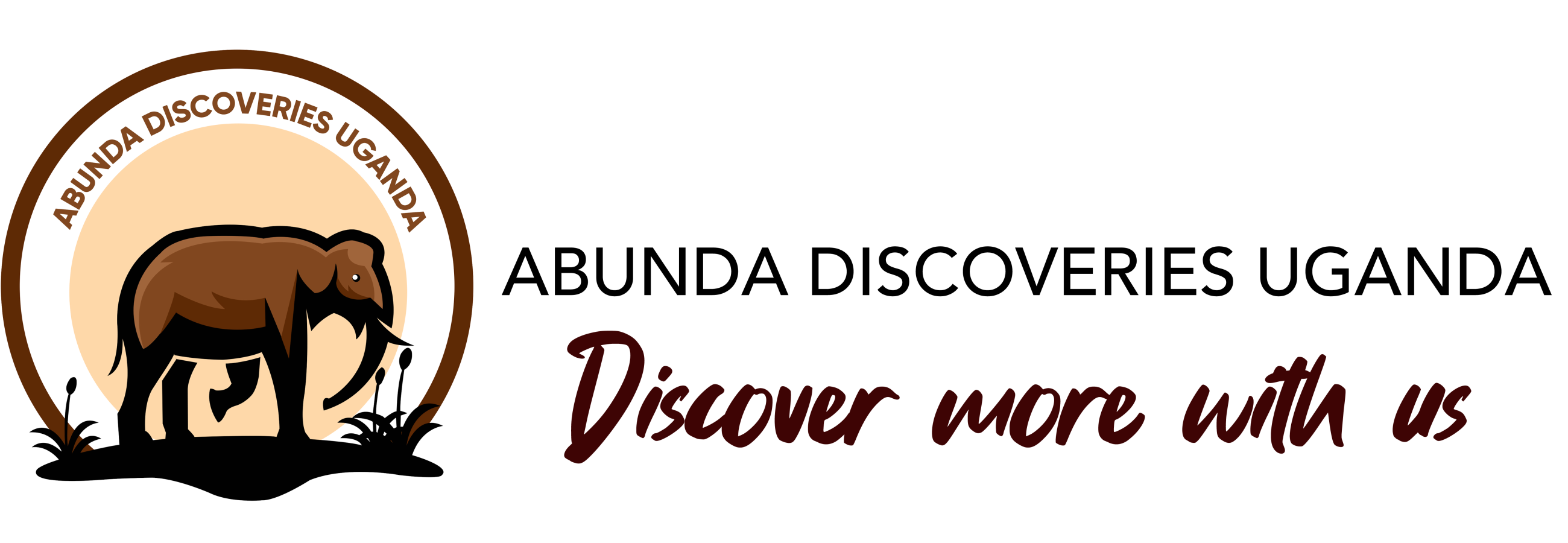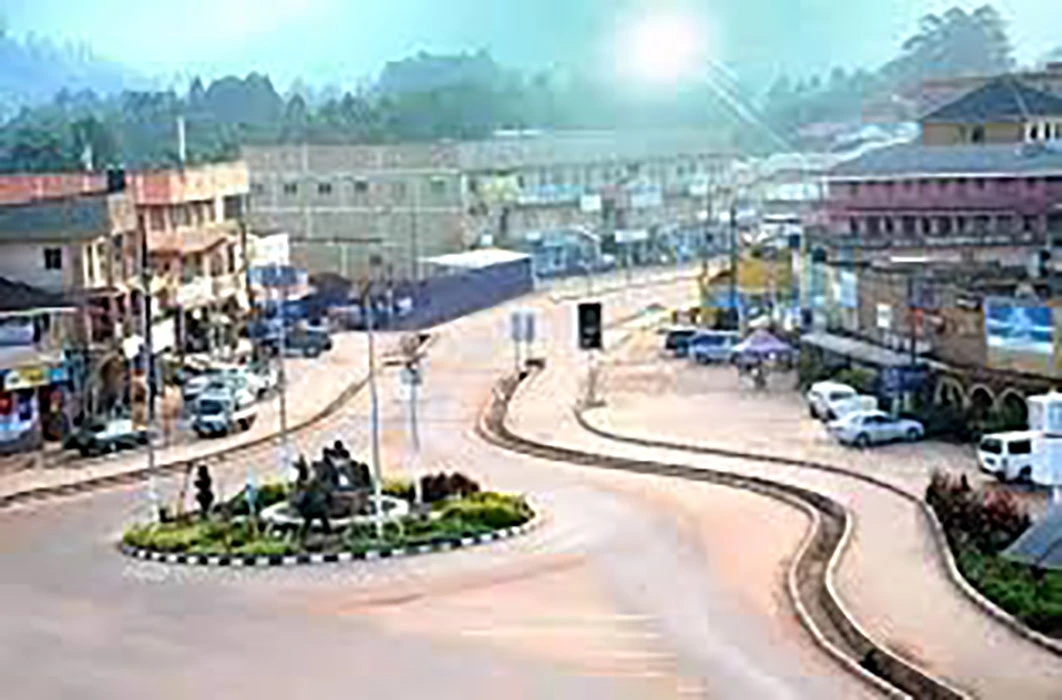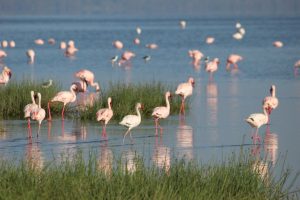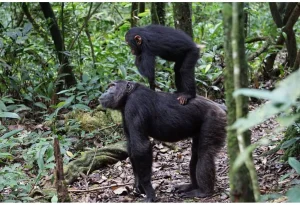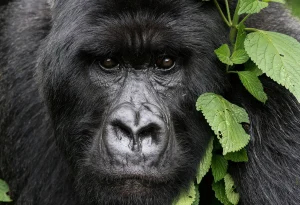How big is Kabale Town?
The Kabale District of the Kigezi sub-region contains Kabale City, the second-largest city in Uganda’s Western Region. The major city in the Western Region of Uganda, Mbarara, is located roughly 142 kilometers [88 miles] southwest of it. By road, this is around 410 kilometers [250 miles] southwest of Kampala, the capital and largest city of Uganda. The town’s elevation above sea level is 2,000 meters [6,600 feet]. How big is Kabale Town?
In addition to having the rarest silverback baboon species. It is home to Uganda’s deepest lake, the third deepest in Africa.
We will drive you 409 kilometers out from the capital of Uganda today, along the equator, and deep into Southwestern Uganda. Welcome, former Kigezi, to Kabale district. Also, it is the site of the well-known proverb referring to a former president of Uganda who, because he could not speak the Queen’s language, chose to call the town “kastone,” which translates to “small stone.” Previously known as Kigezi, Kampala is a Kabale hamlet 409 kilometers from Kampala, the capital of Uganda.
The capital of Rwanda, Kigali, is only 49 miles away from Kabale, the principal town in deep western Uganda, whereas Kampala, the capital of Uganda, is around 260 miles away.
What is Kabale town’s population?
In 1969, Kabale City had 8,234 residents according to the national census. This population had increased to 21,469 by the time of the 1980 national census. 29,246 residents were counted in the 1991 census. Kabale’s population was 41,344 according to the 2002 national census. In 2014, 49,186 persons were counted in the national census and household survey. According to the Uganda Bureau of Statistics [UBOS], the town’s mid-year population was 53,200 in 2020. According to UBOS, Kabale City’s population increased by 1.36 percent on average per year between 2014 and 2020. How big is Kabale Town?
Interesting Facts about Kabale You Were Unaware of.
Bunyonyi Lake
The southwest part of Kabale is home to Lake Bunyonyi, within a few kilometers of the Rwandan border. Furthermore, following Tanzania’s Lake Tanganyika, this lake is renowned for being the deepest in the country and all of Africa. Furthermore, there are about 29 islands in this lake that visitors can explore, including Bushara Island and Punishment Island, which is the most popular because of its reputation as a place where unmarried girls who became pregnant were ignored until they died of starvation so as not to bring shame to their families.
This lake is free of bilharzia and devoid of hippos and crocodiles, which indicates that swimming and having fun are safe here. As the second-deepest lake in Africa, it is well recognized for being deep; therefore, you should be able to swim. You must also enjoy your stay here. After a hard safari, this is also among the greatest spots in Uganda to unwind.
Bwindi Impenetrable National Park
People can also choose to explore Bwindi Impenetrable National Park, which is only a few kilometers away and has a total surface area of roughly 331 square kilometers, while they are exploring the area around Lake Bunyonyi. Because it is home to approximately 400 endangered mountain gorilla species and 19 habituated gorilla groups that are always open for tourists to see, some of which are only there for research, this national park is renowned for being the best place to go if you’re planning a gorilla trekking experience.
More than 120 mammal species, 220 butterfly species, 348 bird species, 1,000 floral plants, and about 27 frogs, chameleons, geckos, and many more may be found in Bwindi National Park.
How far is it from Kabale Town to Bwindi Forest Park?
Would you prefer to begin and end your trip in Kabale town, which is in the South Western Region of Uganda, if you’re interested in going on a gorilla trek to Bwindi? Along the Uganda-Rwanda border, it is the most accessible town in Uganda and the main town in Kabale District. It borders many tourist attractions and is one to two hours distant from Bwindi Impenetrable National Park. You can choose to stay in Kabale and drive to Bwindi to undertake gorilla trekking.
Katuna/Gatuna
The town of Katuna, sometimes known as Gatuna, is located along the border between Rwanda and Uganda and is about 28 kilometers from the road in the southern part of the country. Although Katuna is a bustling town and a fantastic place to do business.
Nyakagyera Cave
Visitors can enter through the Nyakagyera cave, which is well-known for being home to numerous bird species. Shrubs and small trees greet you at the entrance. Furthermore, as the Bakiga people consider this cave to be sacred, visiting offers you the opportunity to engage with the locals and gain a deeper understanding of their customs, personalities, and history.
Experiences in culture and society
One of the most sought-after activities while making plans in Bwindi Impenetrable National Park is cultural experiences. Before their recent relocation to the nearby settlements of Bwindi Forest National Park, to facilitate mountain gorilla conservation and tourism. The Batwa people, also known as the Pygmies, lived in Bwindi Forest National Park for many years.
You will have the chance to see how these pygmies used to hunt, gather wild honey, and spend their time in the bush if you take a road trip from Entebbe to Bwindi National Park. They will demonstrate their dances and discuss how they have adapted to living normally outside of the forest.
Where to stay around Kabale
After spending a full day visiting Kabale. Visitors can stay at any of the several lodging options available in the city. Among these lodging options are the following: Green Hills Hotel, Victoria Inn, Byoona Amagara, Kigezi Gardens Inn, Kirigime Guest House, Erija Hotel, Kings Hotel, White Hotel Inn, and many more.
